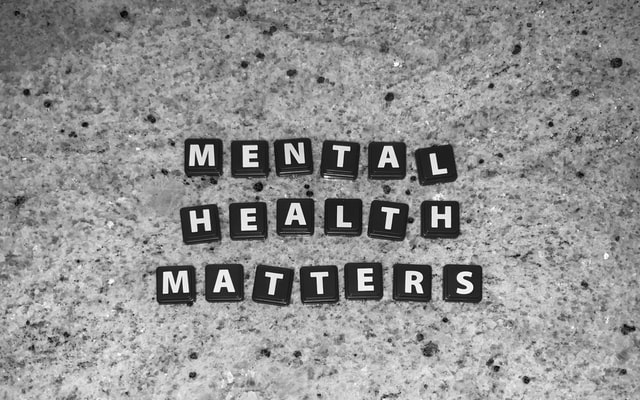Social media has a way of infiltrating daily life and impacting young members of society. Its reach keeps expanding and engaging younger audiences with every new generation.
Young people often use social media as a means to network, communicate, and share ideas with each other. Many popular social media platforms have no age limits and creating a profile on them is free.
While social media engagement has some benefits, it can also have an adverse impact on the minds and health of young people.

Increase of Mental Health Disorders and Social Media Use: Coincidence?
The rise of social media seems to be growing in stride with the increasing prevalence of substance abuse and mental disorders among younger populations.
The need for individual therapy and low-cost or free addiction treatment keeps increasing, as more adolescents at younger ages are struggling more with addiction and mental health issues related to how social media monopolizes their minds and lives.
How Young Adults Use Social Media
According to research data, 97% of teenagers between the ages of 13 and 17 use some form of social media, such as YouTube, Snapchat, Facebook, and Instagram.
These social media platforms spawn conversation threads and subjective narratives about politics, social justice, health, lifestyle, culture, and other buzz-worthy topics.
Young adults get exposed to a lot of information and influential opinions on social media. These digital outlets allow them to create online identities, communicate with peers globally, and access content that they find interesting or entertaining.
How Social Media Increases the Risk of Mental Disorders
Social media can be distracting to younger audiences who can become obsessive and addicted to the instant gratification of social media. They can develop anxiety over what has become known as FOMO, an acronym for

Speak Your Mind